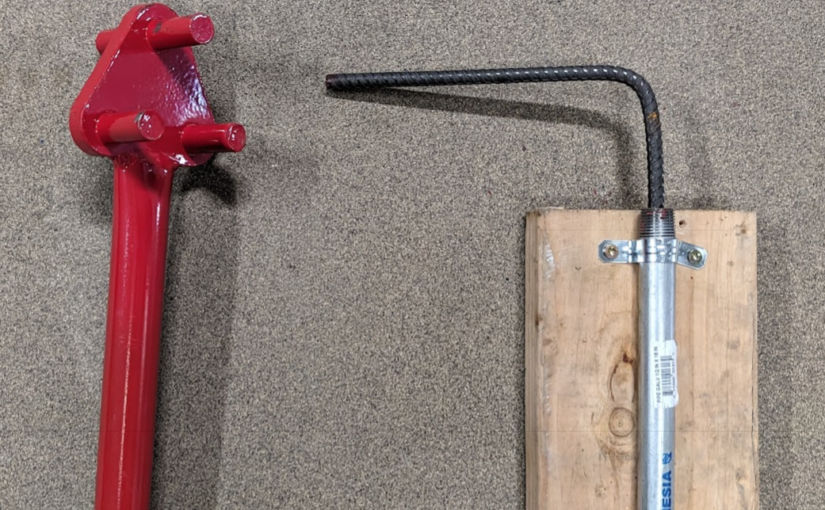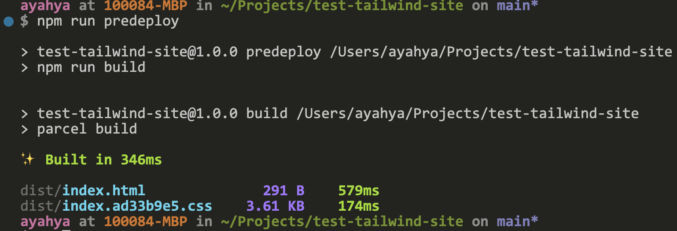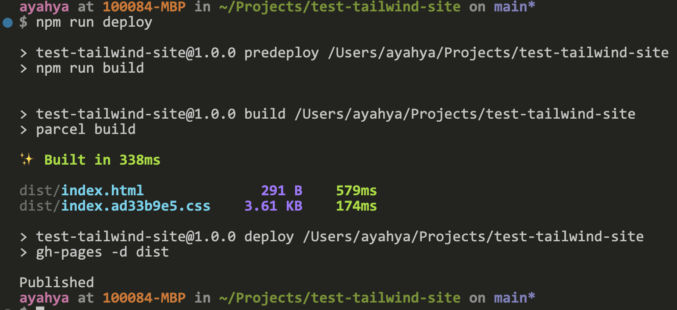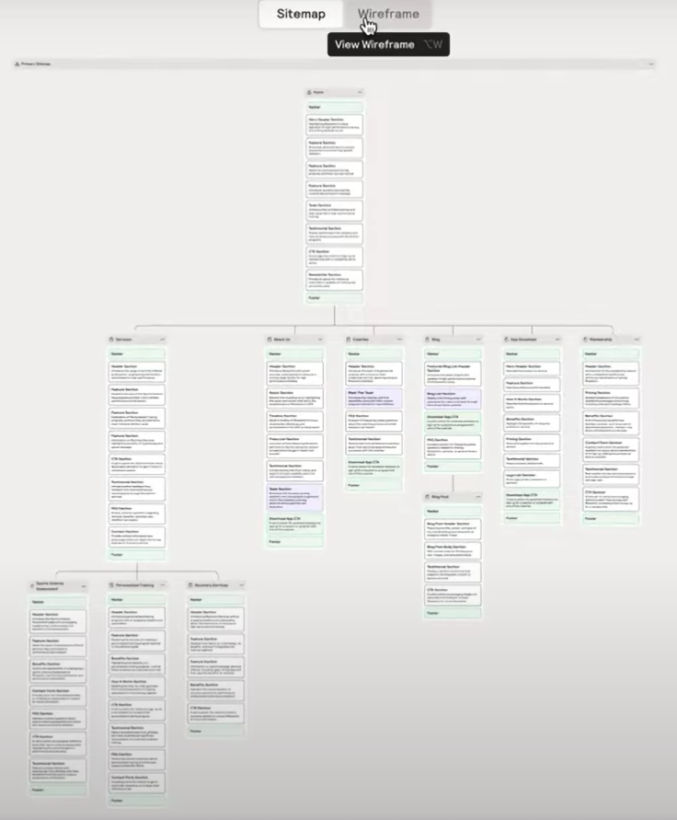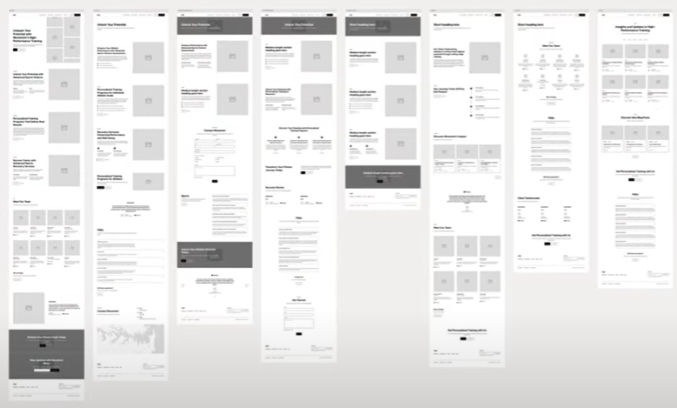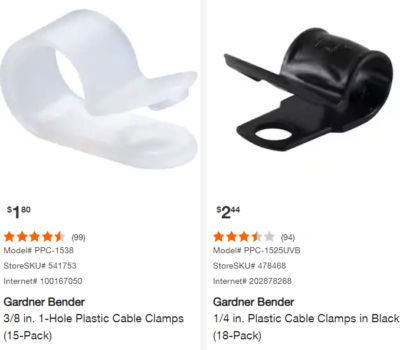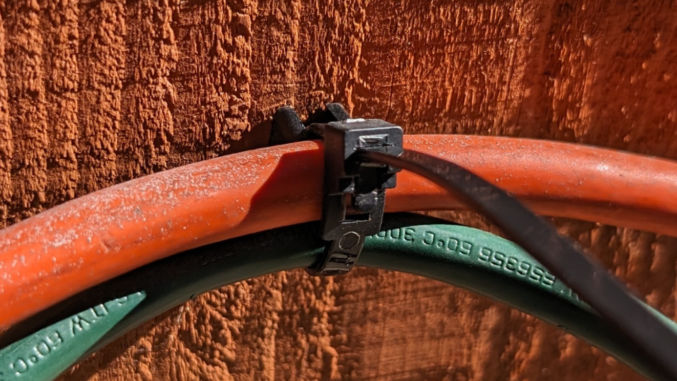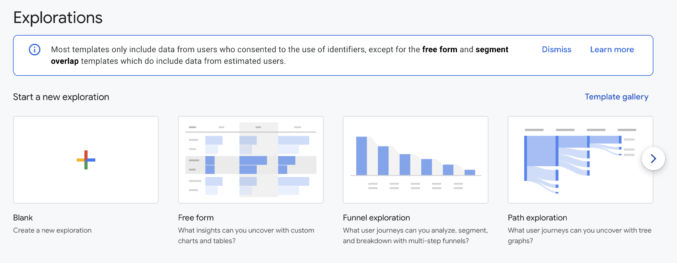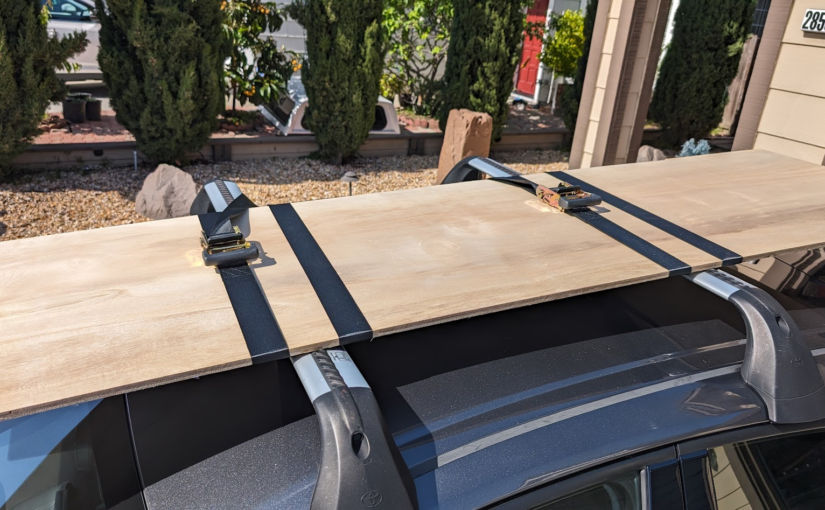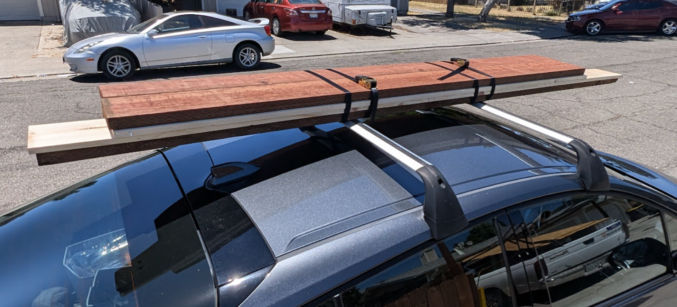Sunday: Catalina Island – the Amalfi Coast of Orange County
Monday: Six Flags Hurricane Harbor (Water Park)
Tuesday: Six Flags Magic Mountain (Amusement Park)
Wednesday: Six Flags Magic Mountain (Amusement Park)
August 2024

Saturday, August 3, 2024
| 10:30 AM | Drive from home to Oakland Int’l airport (OAK) |
15 min
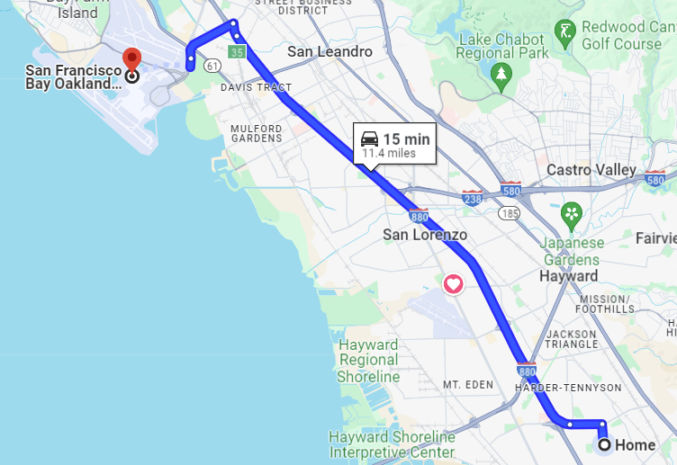
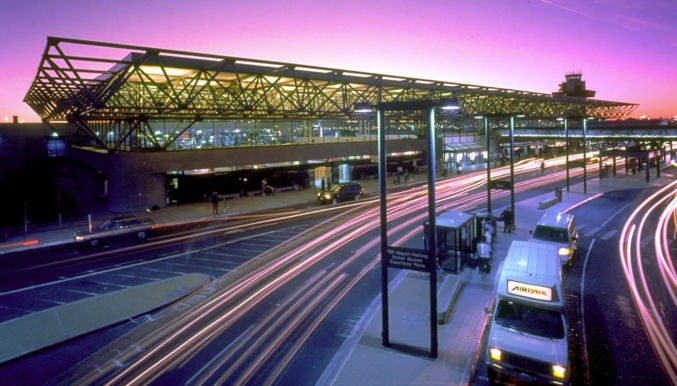
| 8:30 AM | Check in |
| Flight | 31 |
| Airline | Singapore |
| Confirmation Number | 4KMB2J |
| Gate |
| 11:30 AM | Take off: San Francisco to Los Angeles |
Flight Duration: 1h 20m

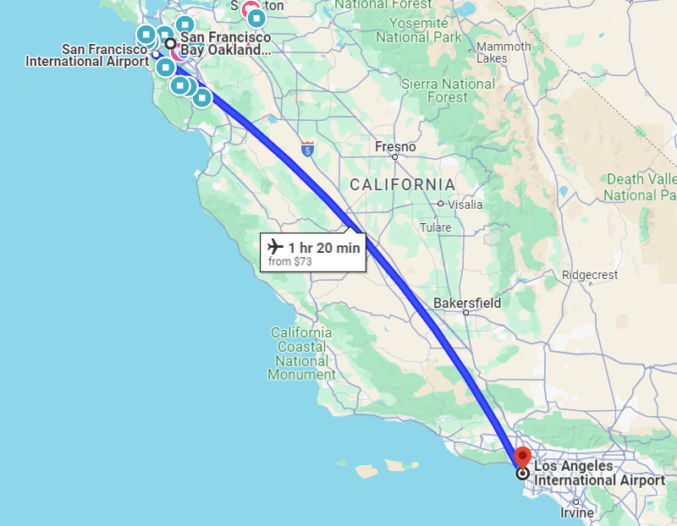
| 1:50 PM | Land at Los Angeles Int’l Airport (LAX) |
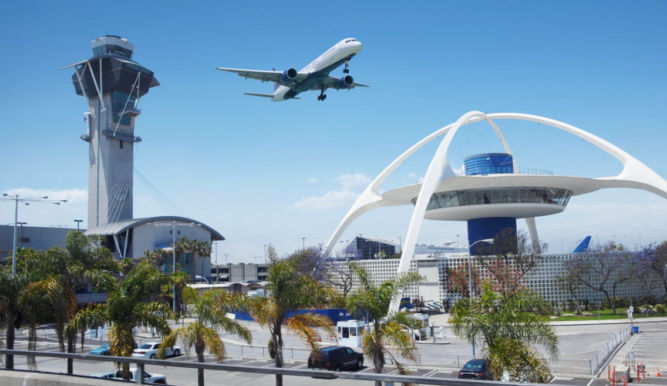
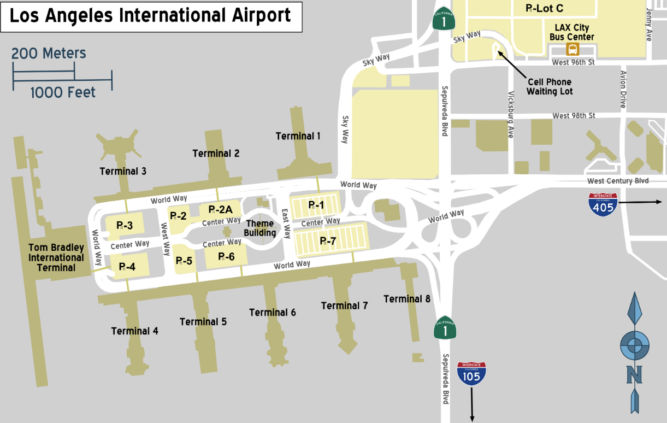
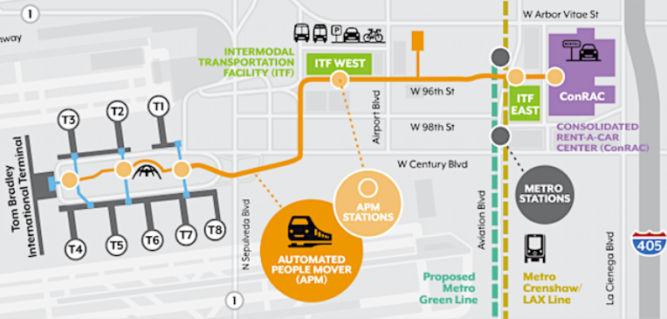
| 2:30 PM | Get rental car |
- Go to lower / arrivals level
- When exiting the airport, follow the signs to “ground transportation”
- Stand under the purple sign marked “car rental companies” to await shuttle pick-up
- Board the Dollar shuttle bus
Dollar Rent a Car
Booking.com # 789858762
Toyota RAV4 or similar
$316.94 for 5 days


| 3:00 PM | Drive to Hotel |
30 minutes
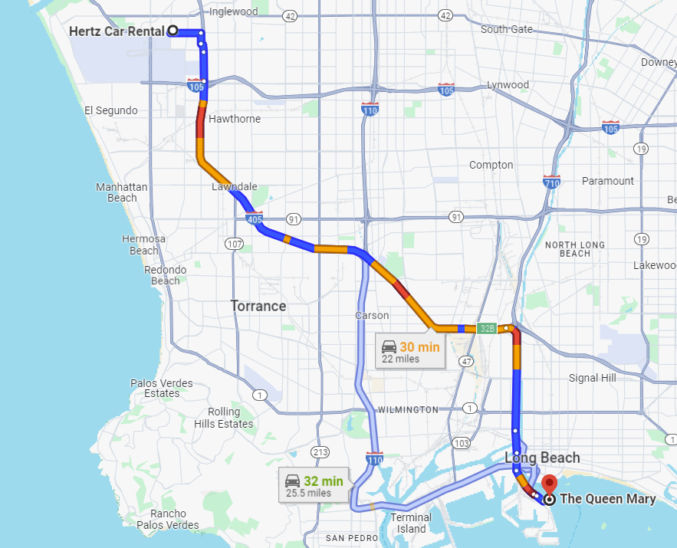
| 3:45 PM | Stop by Catalina Express |
320 Golden Shore, Long Beach, CA 90802
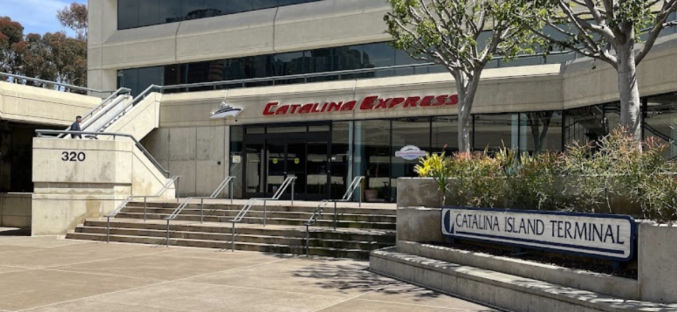
| 3:45 PM | Stop by Jetski2Catalina nearby |
Check out the jet skis.
Drive to Hotel Maya
700 Queensway Dr
Long Beach, CA 90802
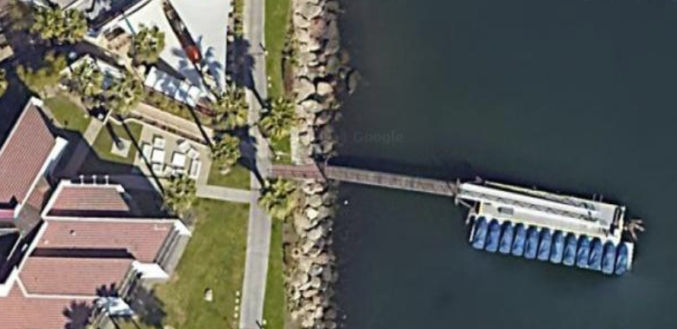
| 4:00 PM | Check in to Hotel |
Queen Mary – a cruise ship turned into a hotel
1126 Queens Highway, Long Beach, California 90802, United States
$265 / night
Check-in is at 4:00 PM and Checkout is at 11:00 AM
Hotel guest self-parking is $30/night
Built in 1930
Map of the Queen Mary
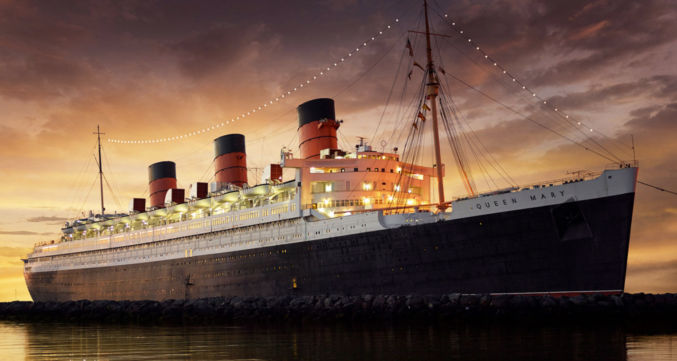
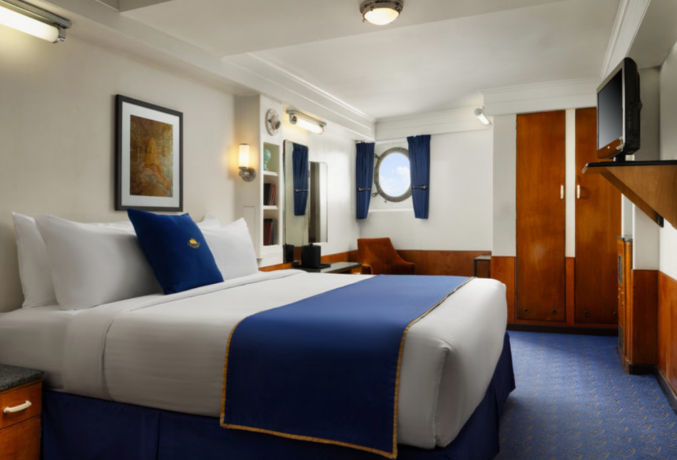
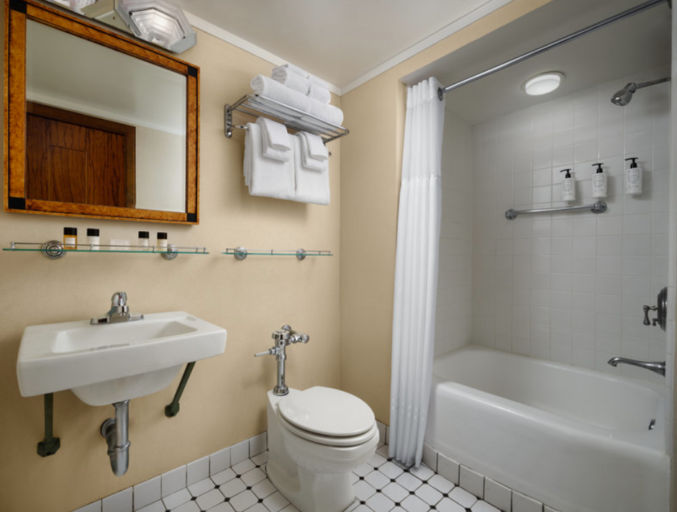

| 7:00 PM | Dinner at Outback Steakhouse |
20 W Shoreline Dr, Long Beach, CA 90802
Menu: https://www.outback.com/order/menu/long-beach
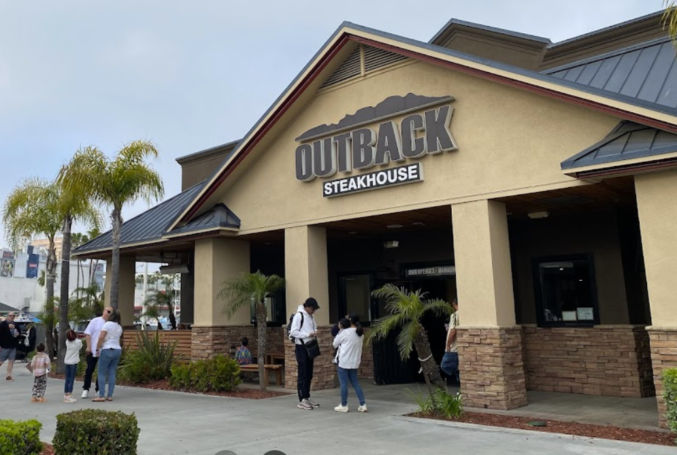
Bloomin’ Onion®
An Outback Original! Our special onion is hand-carved, cooked until golden and ready to dip into our spicy signature bloom sauce.
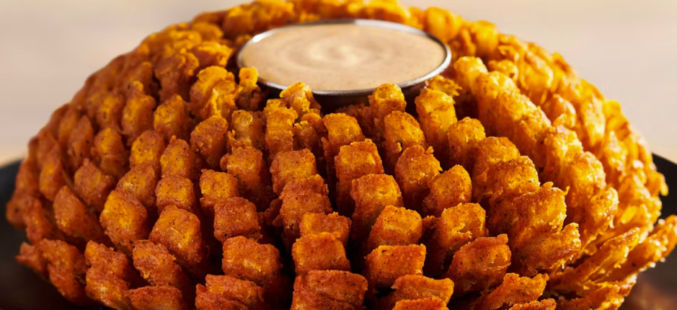
Bone-In Ribeye* 18 oz.
Bone-in and extra marbled for maximum tenderness. Served with two freshly made sides.
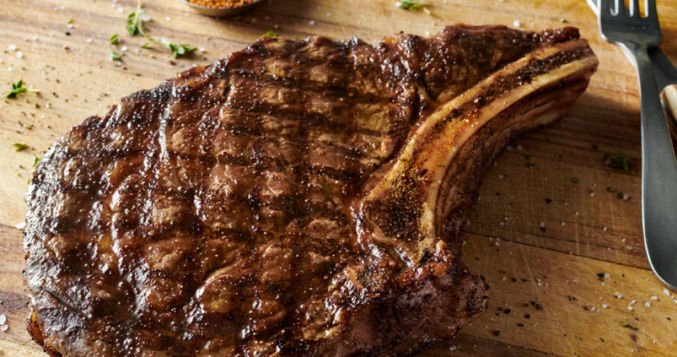
Chocolate Thunder from Down Under
An extra-generous pecan brownie topped with rich vanilla ice cream, our warm chocolate sauce, chocolate shavings and whipped cream.

| 9:00 PM | Prepare for next day |
- Pack 2 bags
- Water shoes
- Shorts / Shirt for the island
- Water bottles
- Trailmix
- Towel
- Sunscreen
- Hat with neck lanyard
- Swimming hat
- Waterproof watch
- Photo ID for EVERYONE in your group
- Credit card you used to book your reservation
- Camera gear
- Charge all batteries
- turn on indicator light for all 3 cameras
- test wrist remote control for Ace Pro
- set Ace Pro camera to record video 1080p @ 30 fps
- set both 360 cameras to record HDR video 5.7K @ 30 fps
Sunday, August 4, 2024
| 6:30 AM | Check out of hotel |
Wear rash guard shirt and swimming shorts and bring the 2 bags.
| 6:45 AM | Drop off at Catalina Expess Ferry Terminal |
Catalina Express
Schedule
Round Trip Cost: $92
Trip Duration: 1 hour one way
Depart Long Beach to Avalon
6:00 a.m., 7:15 a.m., 8:15 a.m., 9:50 a.m., 12:15 p.m., 2:00 p.m., 4:30 p.m., 5:50 p.m.

| 7:15 AM | Drive to Hotel Maya |
Hotel Maya
700 Queensway Dr
Long Beach, CA 90802
5-minute drive
Park at Hotel Maya by building 3 or 4. Normal parking is $31. We will stamp your parking ticket and the Jetski2Catalina rate is $14.
| 7:40 AM | Walk to JetSki2Catalina |
After parking at the Maya Hotel parking lot by building 3 or 4, walk through the buildings, and you will see the marina on the water. Turn right at the sidewalk and go past the Pool. We are on the water in the marina.
| 8:00 AM | Check in for Jet Ski Ride from Long Beach to Catalina |
2 hours

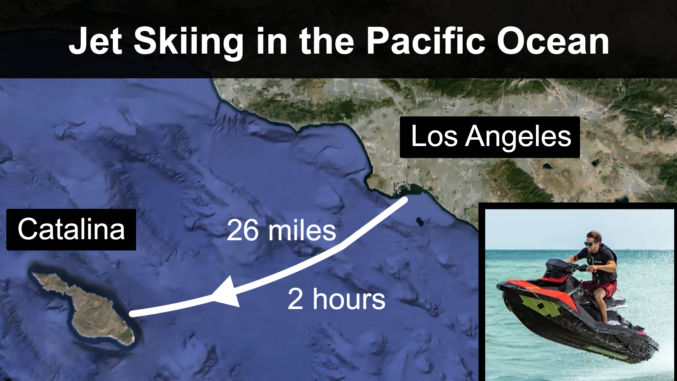

| 8:15 AM | Catalina Express ferry arrives at Avalon, Catalina Island |
The Catalina Express ferry drops off at the Cabrillo Mole in Avalon, Catalina Island.
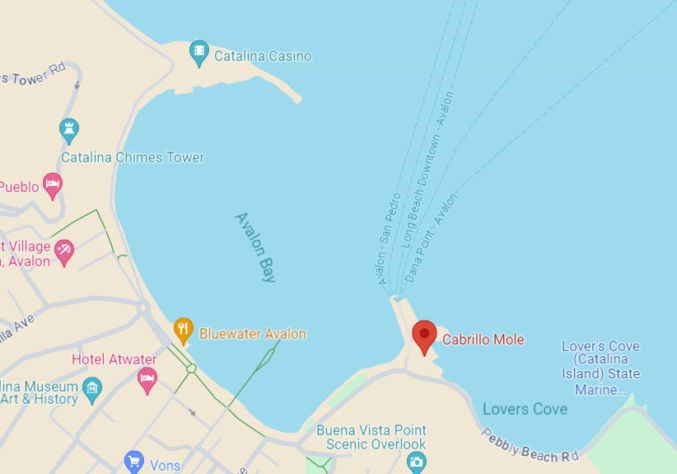
| 10:00 AM | Jet Ski Arrives at Avalon, Catalina Island |

| 11:00 AM | Go on Undersea Sub Expedition |
Undersea Sub Expedition
$45
45 minutes
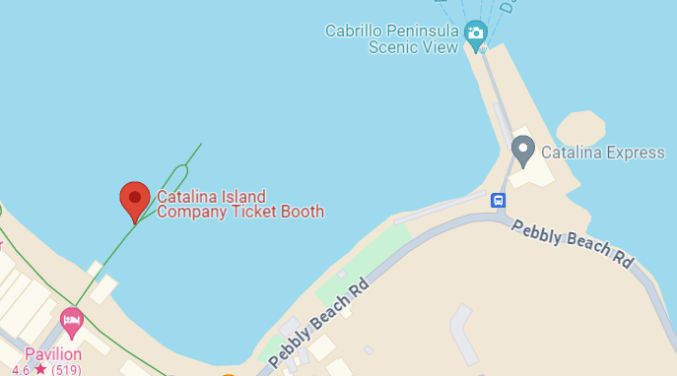
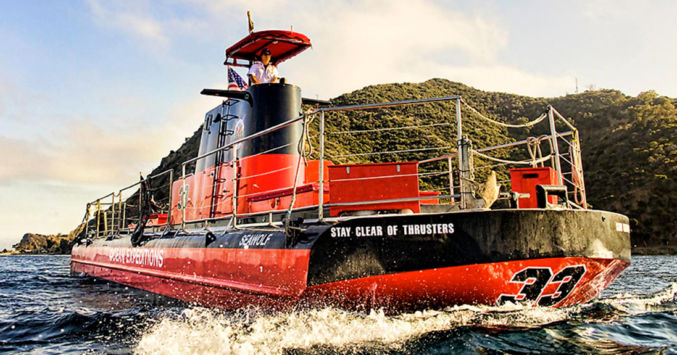

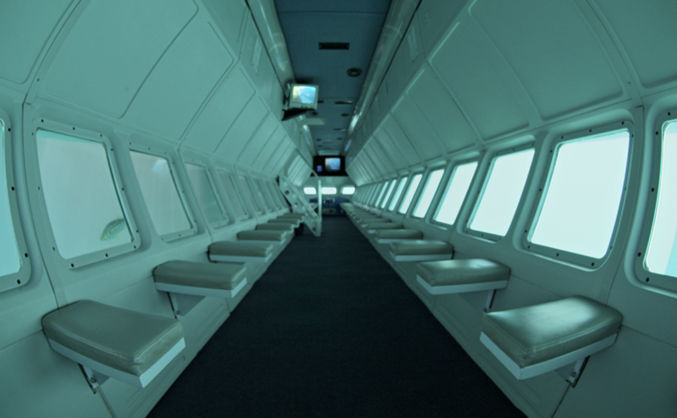
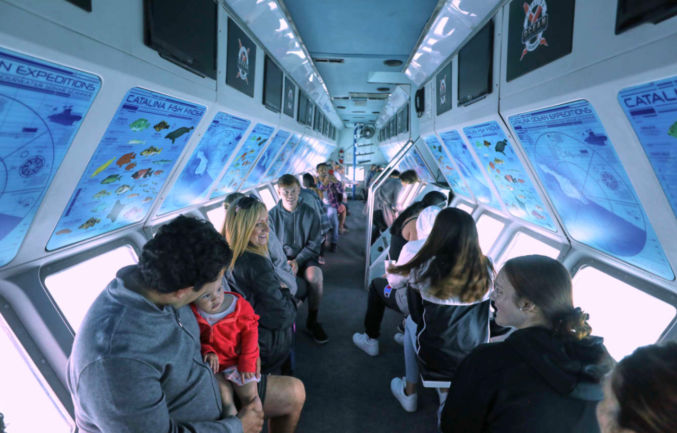
| 12:00 AM | Watch IMMERSED: Ocean Wonders 360-degree Movie |
IMMERSED: Ocean Wonders
$32,
360-degree cinema,
45 minutes

| 1:00 PM | Rent Golf Cart |
Explore Catalina by golf cart for 1 hour. Scenic tour.
Island Rentals
125 Pebbly Beach Road, Avalon, CA 90704, Phone 310.510.1456
NO RESERVATIONS. First come, first serve.
$60 / cart / hour
We have a one-hour scenic route through the beautiful hills around Avalon and if you want to go longer we will pro-rate the second hour (the time you use is the time you pay for). We have a pre-planned 12-mile scenic route that may be completed in 1 hour without stops.


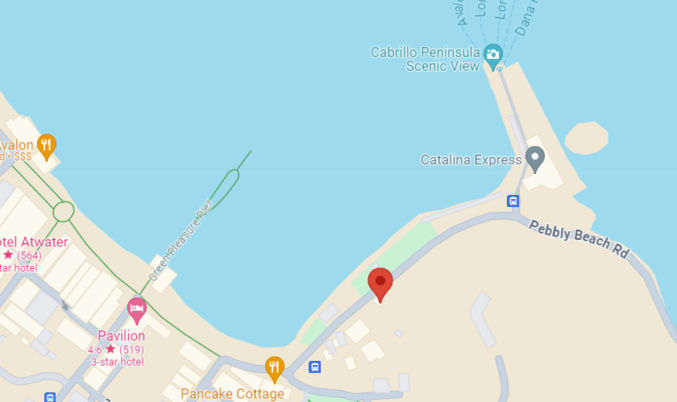
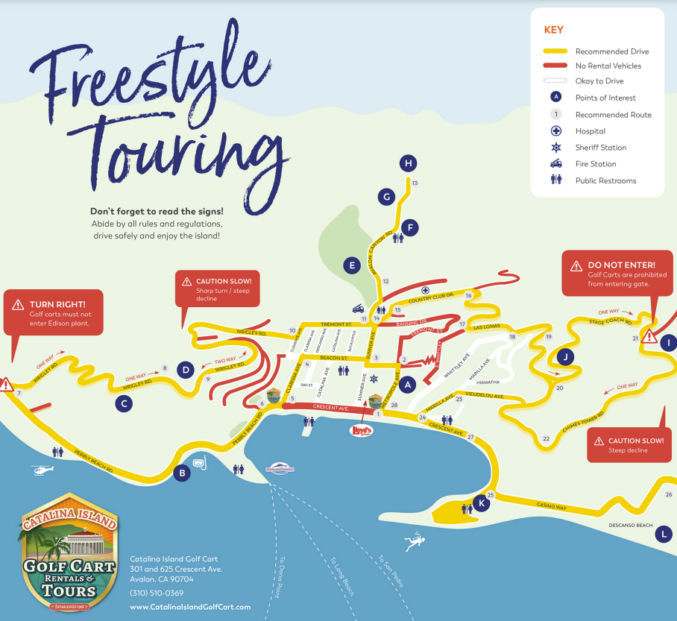
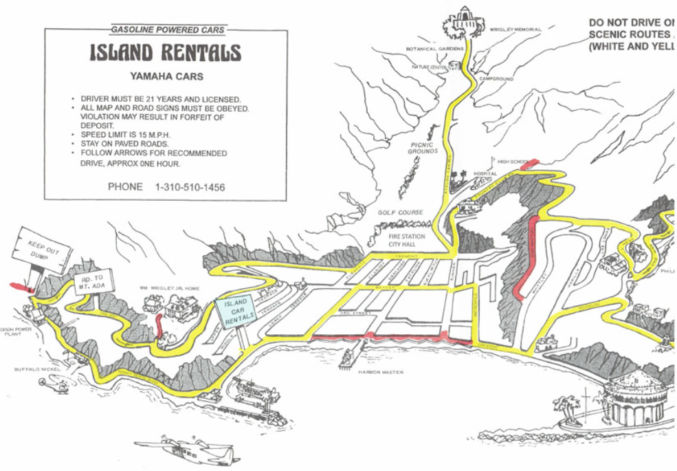
| 1:00 PM | Lunch |
Pancake Cottage
615 Crescent Ave, Avalon, CA 90704
Original Jack’s Country Kitchen
118 Catalina Ave, Avalon, CA 90704
| 1:00 PM | Ride Jet Ski Back to Long Beach |


| 2:15 PM | Take Ferry Back to Long Beach |
Depart Avalon to Long Beach
7:50 a.m., 10:15 a.m., 11:50 a.m., 2:15 p.m., 3:55 p.m., 6:30 p.m., 7:45 p.m.
| 3:00 PM | Arrive at Long Beach |
| 3:30 PM | Drive to Chicago Deep-Dish Pizza |
Masa of Echo Park Bakery & Cafe
1800 Sunset Blvd, Los Angeles, CA 90026
Sunday, 11 AM–10 PM
Monday, Tuesday: Closed
Build your own pizza: 14″ Large – $28
- Italian Beef
- Fresh Garlic
- Roasted Red Pepper
- Fresh Basil
- Whole Leaf Spinach
- Sun-Dried Tomatoes
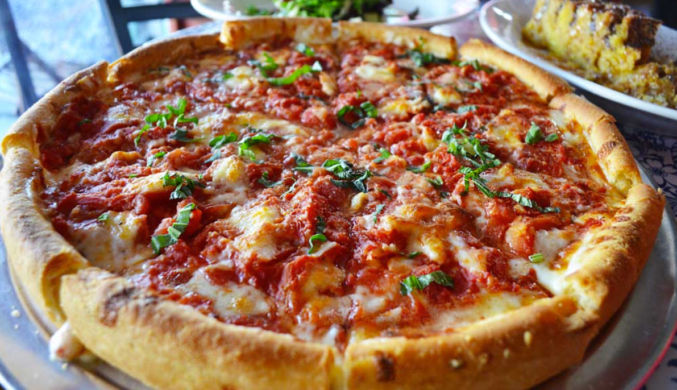
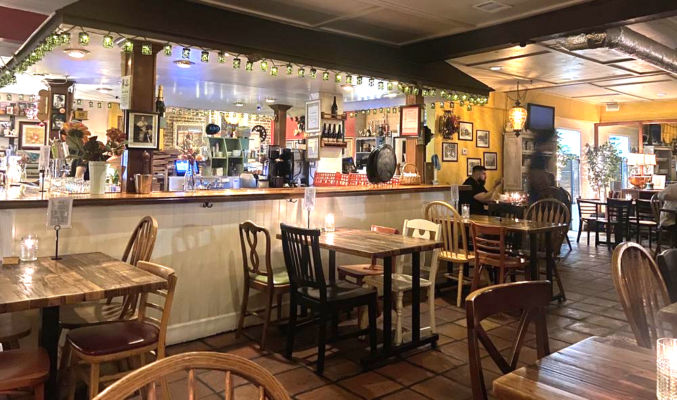
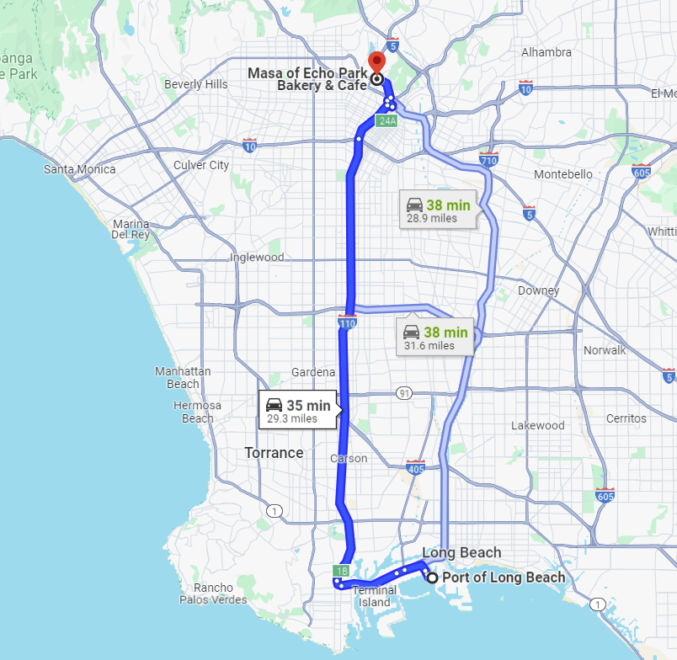
| 6:30 PM | Drive to Hotel (SpringHill Suites by Marriott Valenciam) |
1 hour
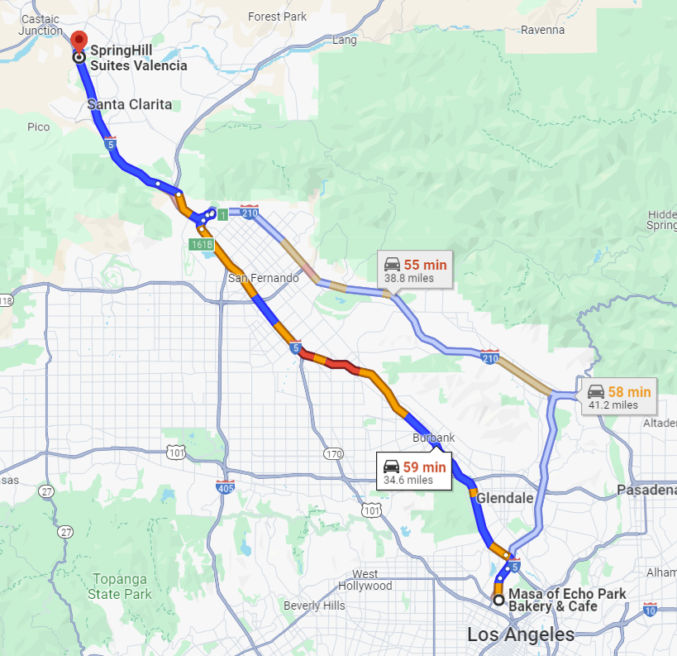
| 7:30 PM | Check in to Hotel |
SpringHill Suites by Marriott Valencia
$568 for 3 nights
- Free buffet breakfast available 6:00 AM to 9:00 AM on weekdays and 7:00 AM to 10:00 AM on weekends
- In-room microwave
- Mini fridge
- Free parking
- Free wi-fi
- Laundry
- Built in 2021
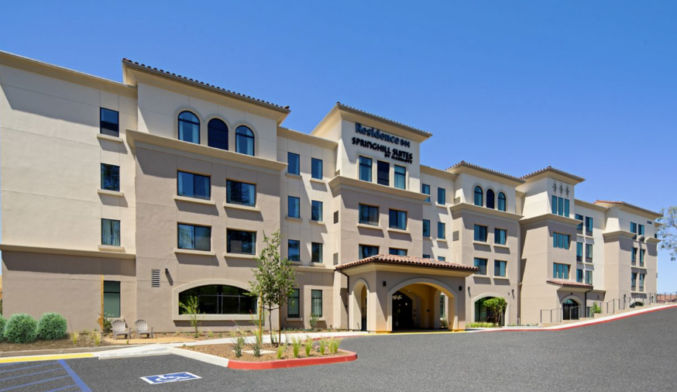
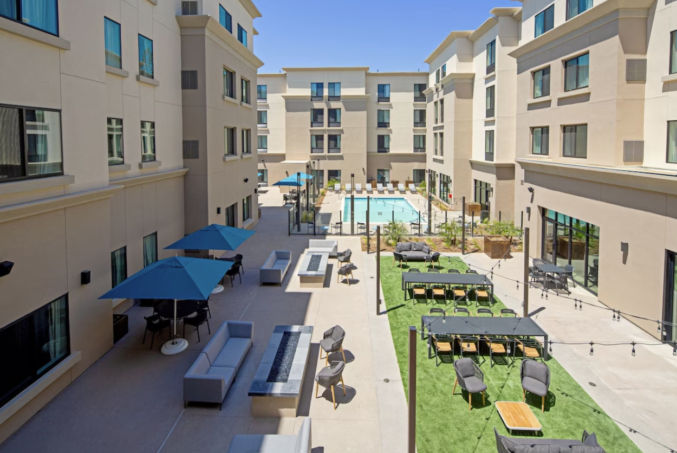

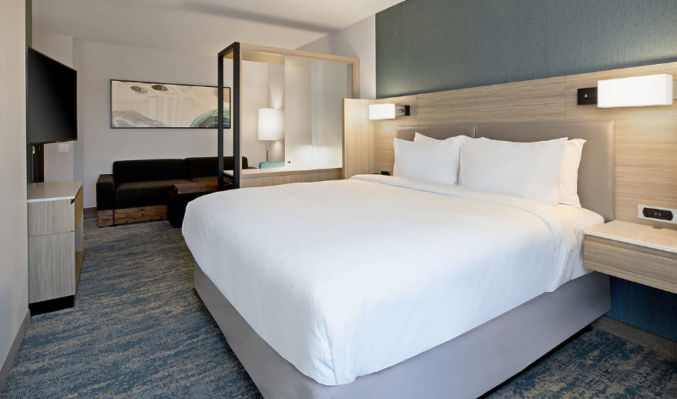
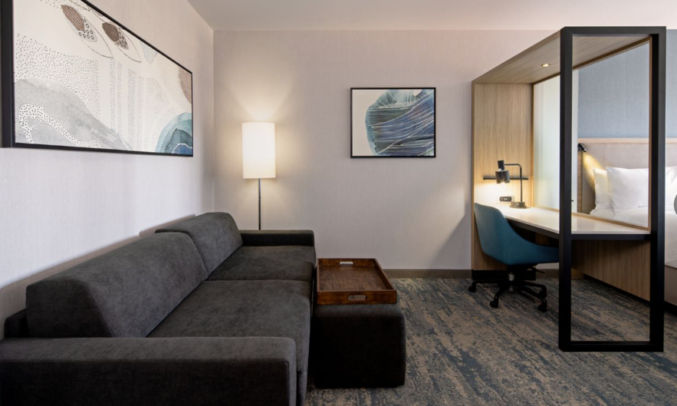
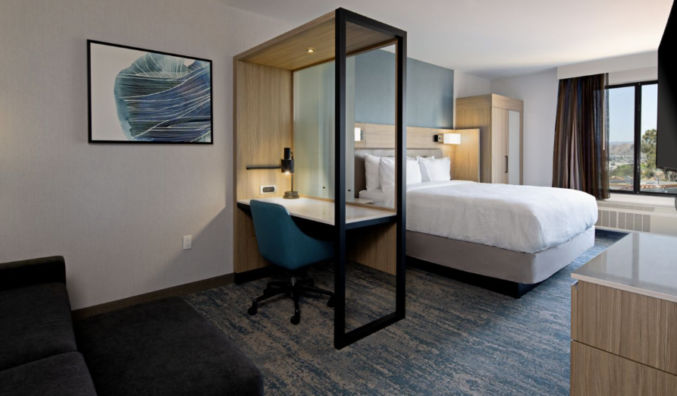
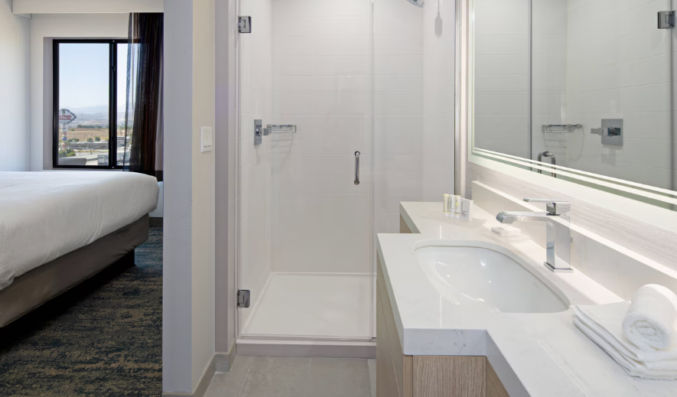
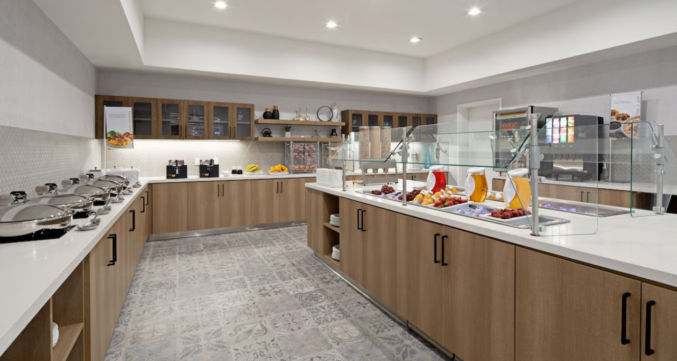
Monday, August 5, 2024
| 8:00 AM | Breakfast |
| 10:30 AM | Spend Day at Six Flags Hurricane Harbor Waterpark |
Six Flags Hurricane Harbor
Park Map
10:30 AM to 8 PM
$55
Game Plan
- Arrive early
- Tornado (group tube)
- Lost Temple Rapids (group tube)
- Black Snake Summit (body slide)
- Taboo Tower (body slide)
- Reptile Ridge (body slide)
- Bamboo Racer (mat slide)
- Rent a tube ($7 or $14)
- Tiki Falls (tube slide)
- Lightning Falls (tube slide)
- River Cruise (Lazy River)
- Forgotten Sea Wave Pool
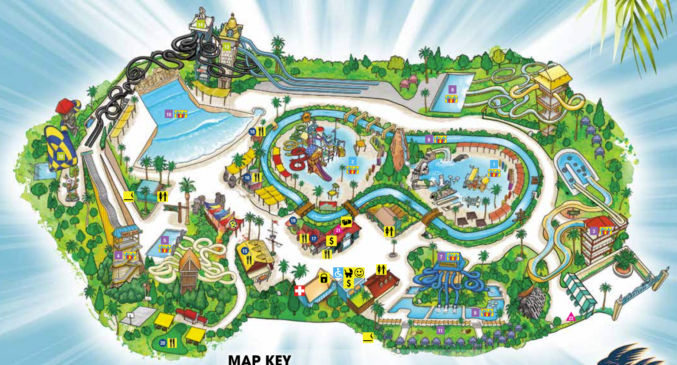
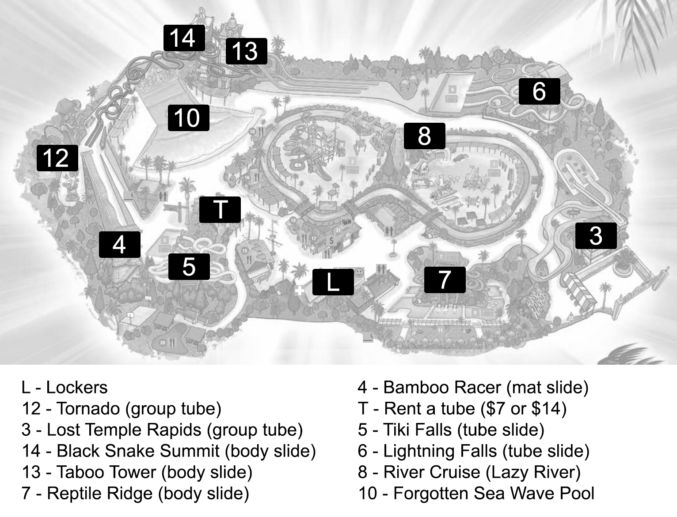
Black Snake Summit
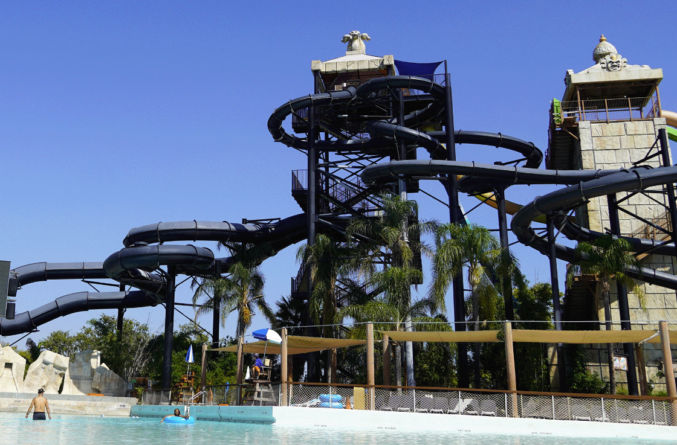
Lightning Falls

Lost Temple Rapids
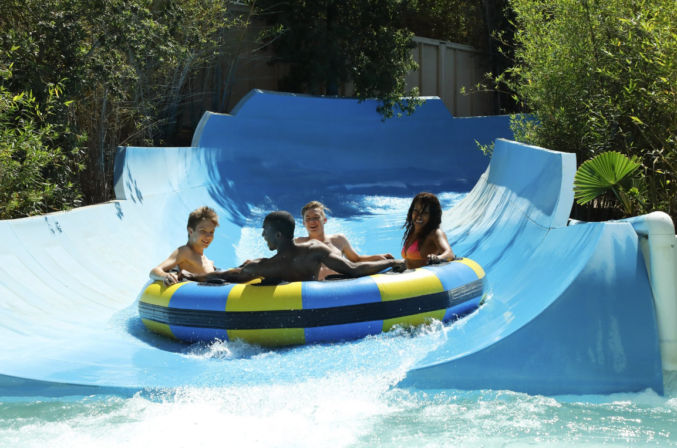
Reptile Ridge

River Cruise (Lazy River)

Taboo Tower
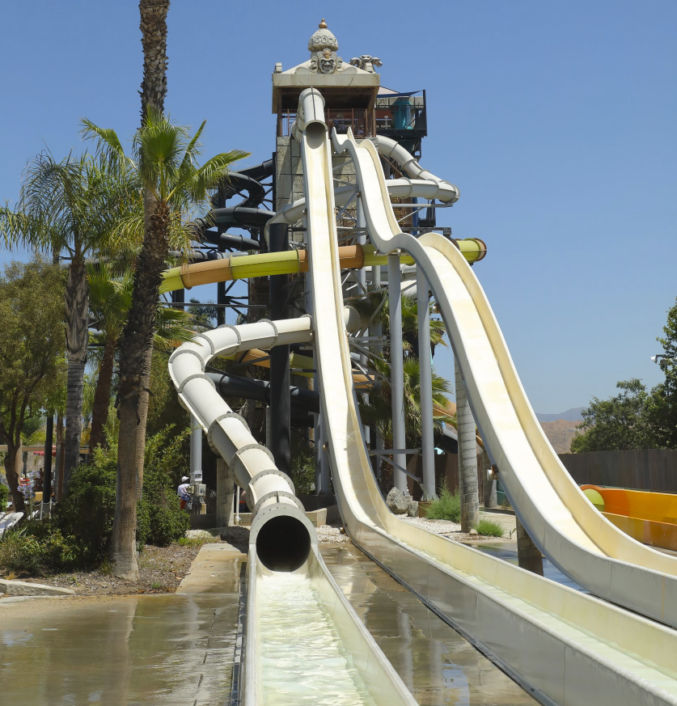
Tiki Falls
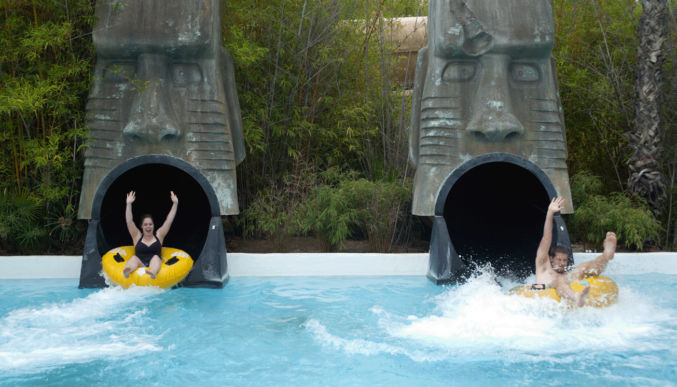
Tornado
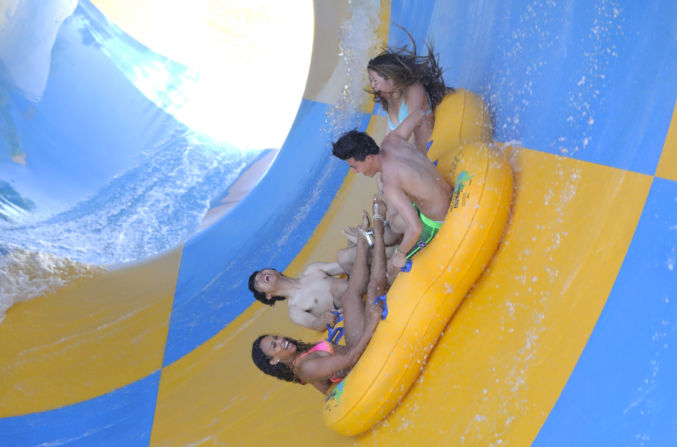
Forgotten Sea Wave Pool

| 7:00 PM | Dinner at Patxi’s Pizza |
Patxi’s Pizza
20101 Rinaldi St Ste 100, Los Angeles, CA 91326
Everyday: 11 AM–10 PM
Build your own pizza: 14″ Large – $26
- Fresh mozzarella cheese
- Herb-roasted chicken
- Fresh Garlic
- Fresh Basil
- Roasted Red Pepper
- Whole Leaf Spinach
- Grape tomatoes
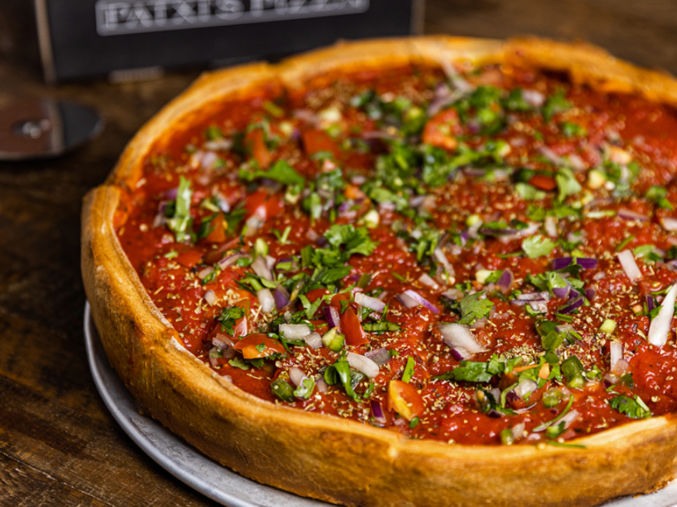
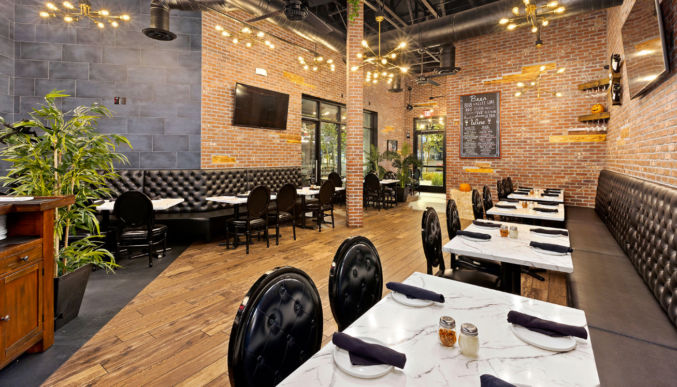
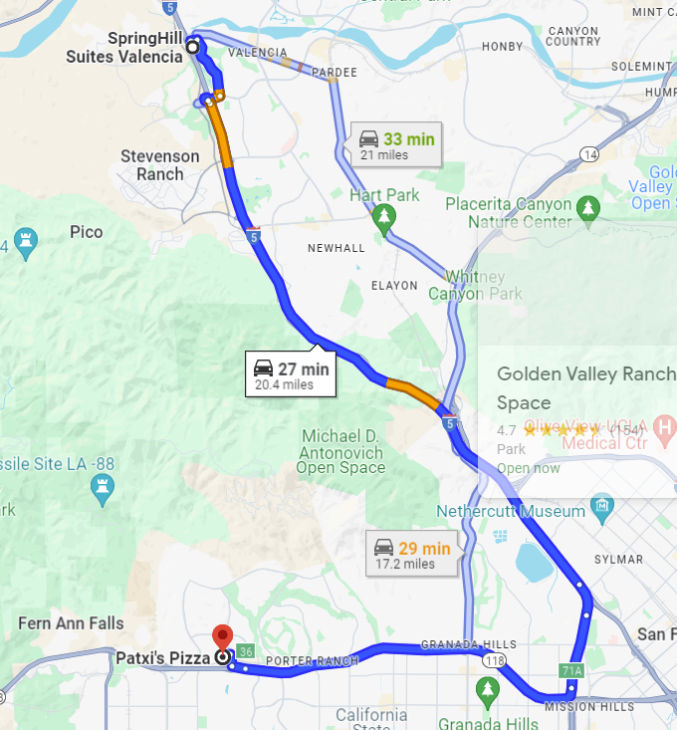
Tuesday, August 6, 2024
| 8:00 AM | Breakfast |
| 10:30 AM | Spend Day at Six Flags Magic Mountain |
Six Flags Magic Mountain
Park Map
10:30 AM to 9 PM
$55
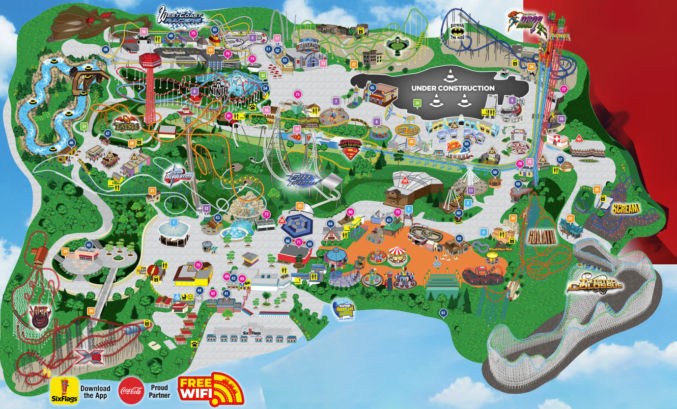
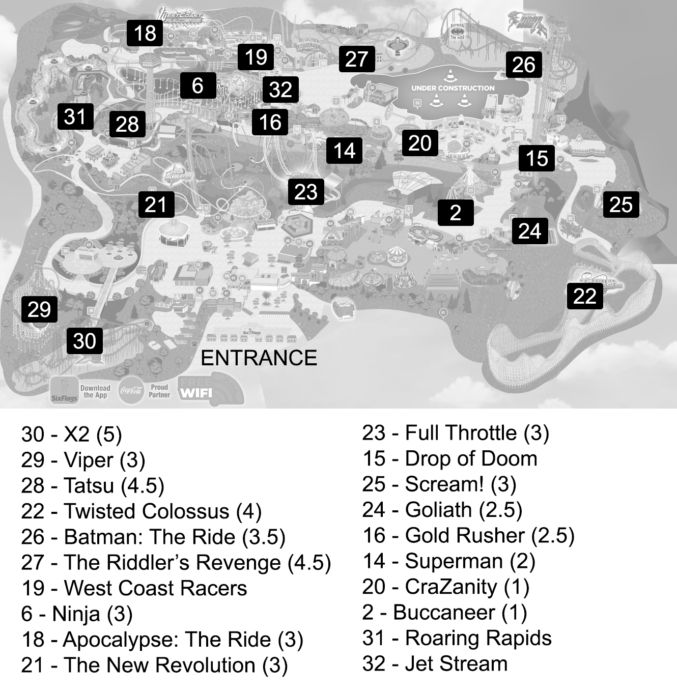
Apocalypse
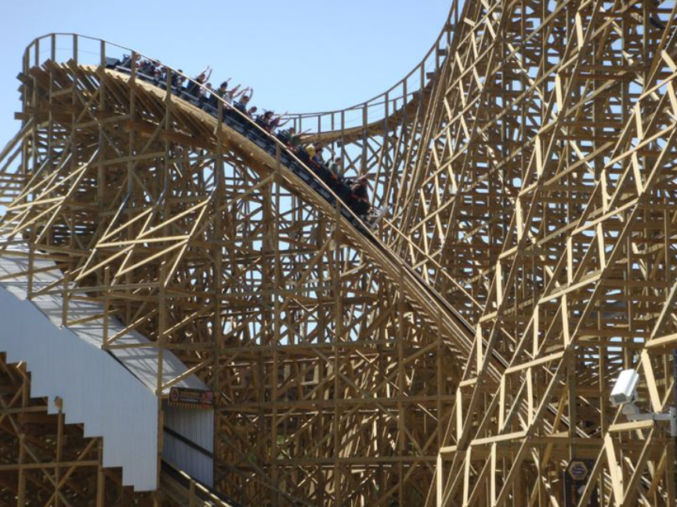
BATMAN™ The Ride
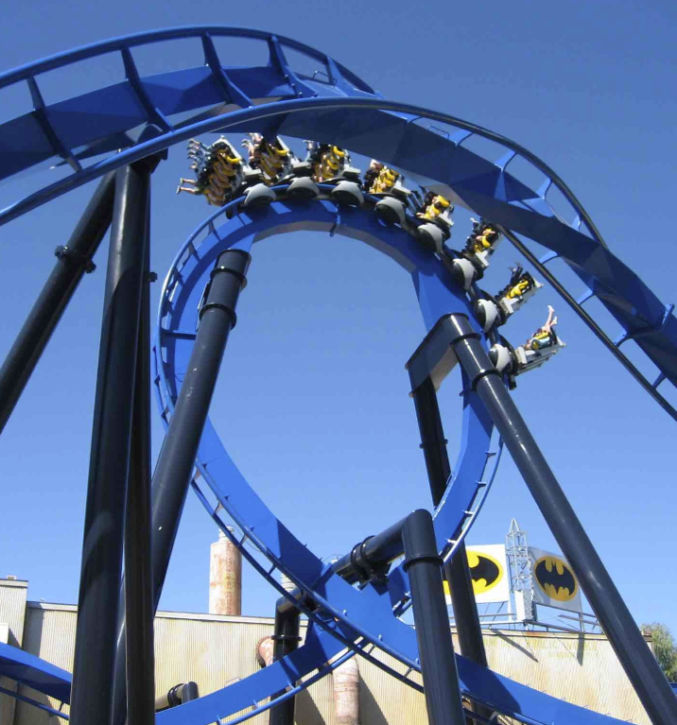
Buccaneer
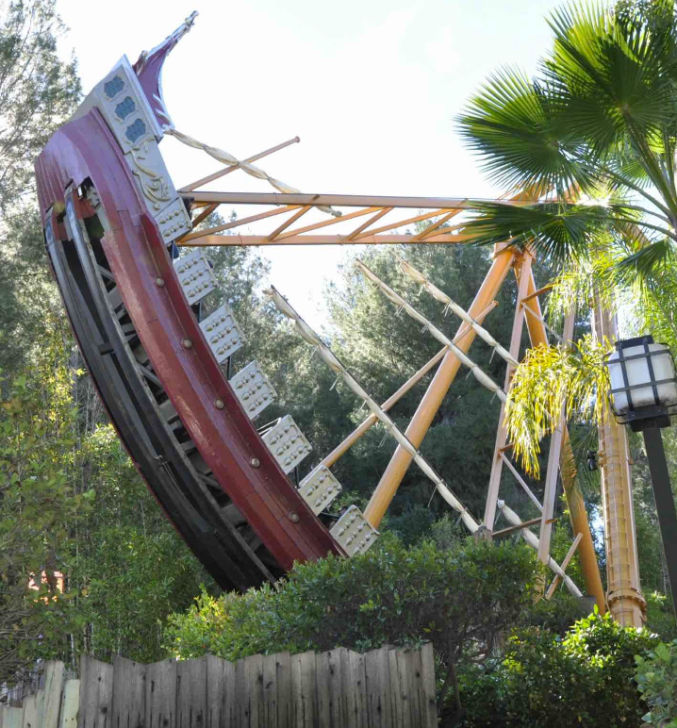
Circuit Breaker Grand Prix
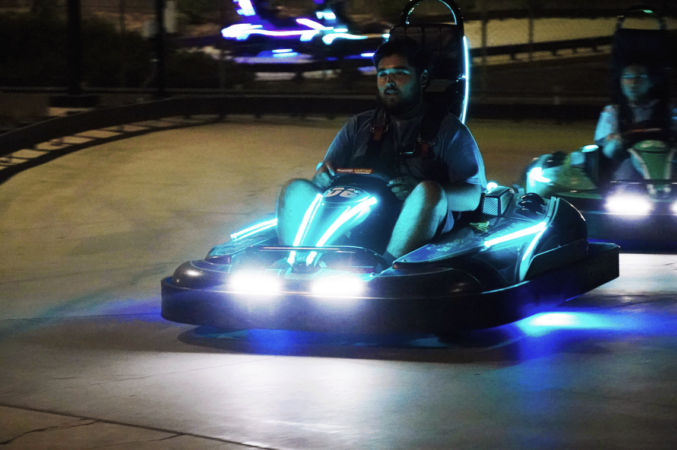
CraZanity
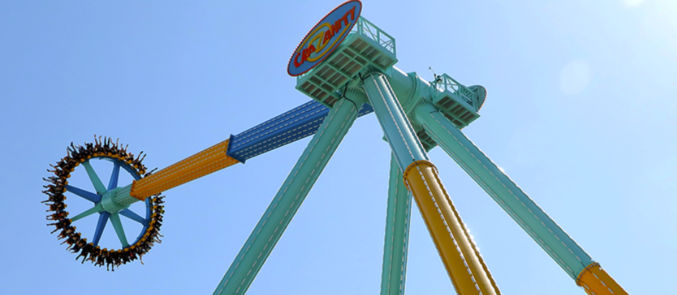
Full Throttle
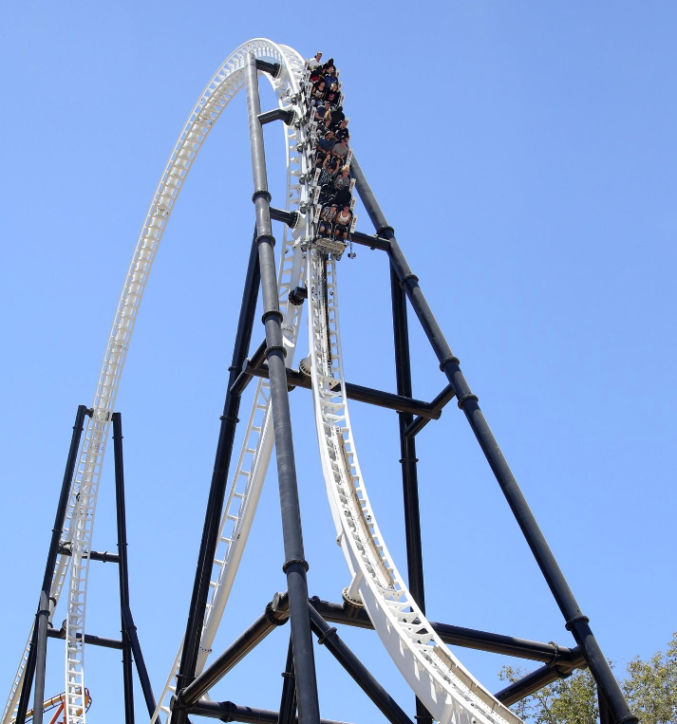
Gold Rusher
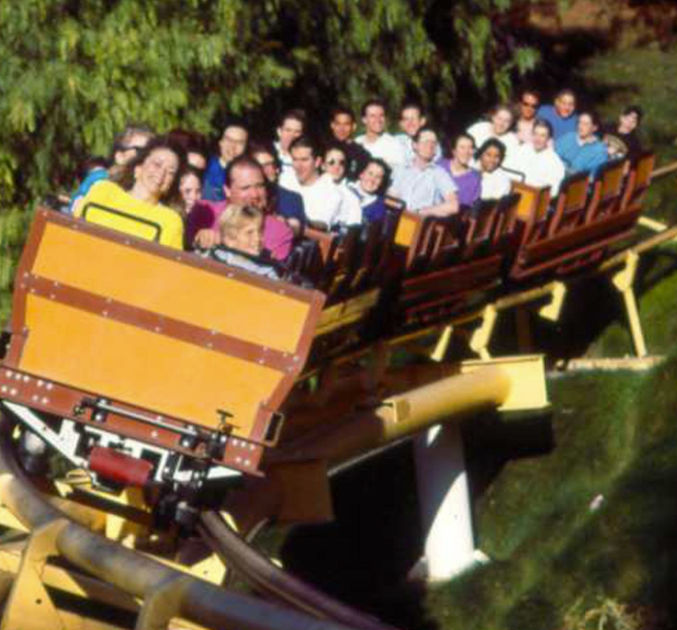
Goliath

Jet Stream
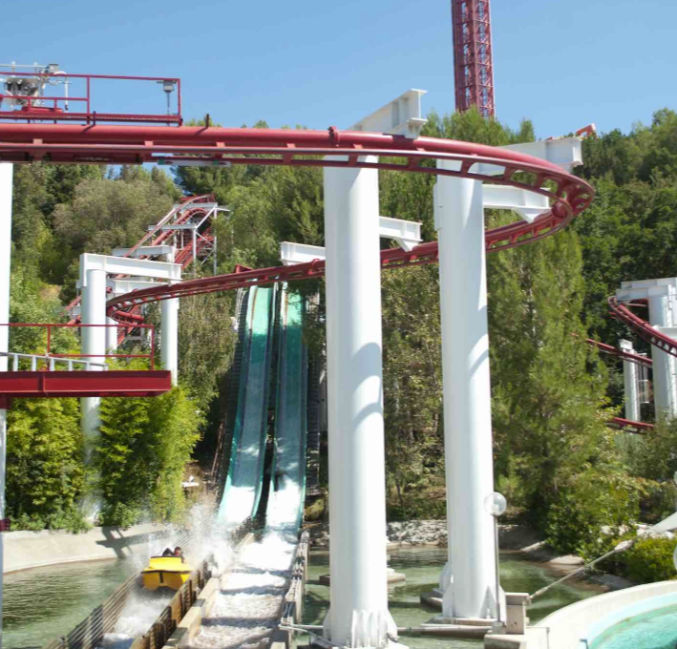
LEX LUTHOR™: Drop of Doom
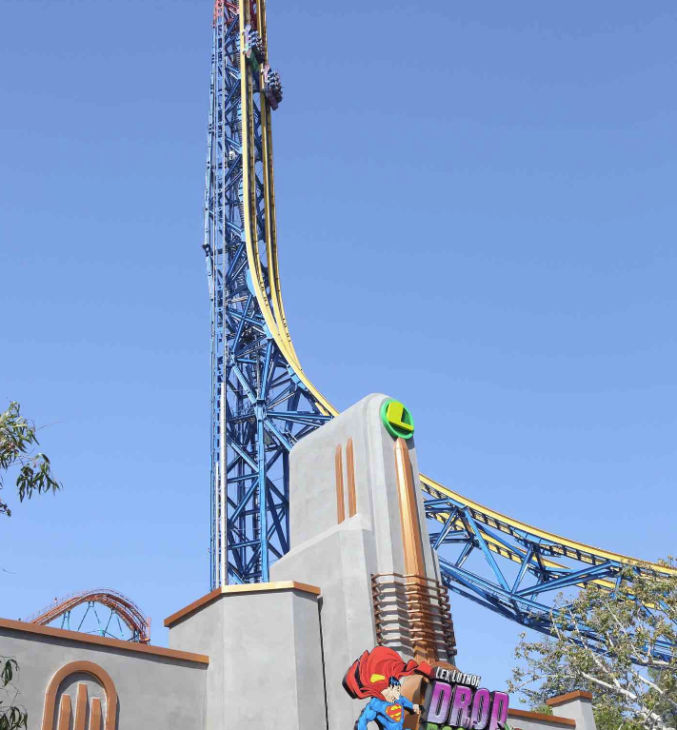
Ninja
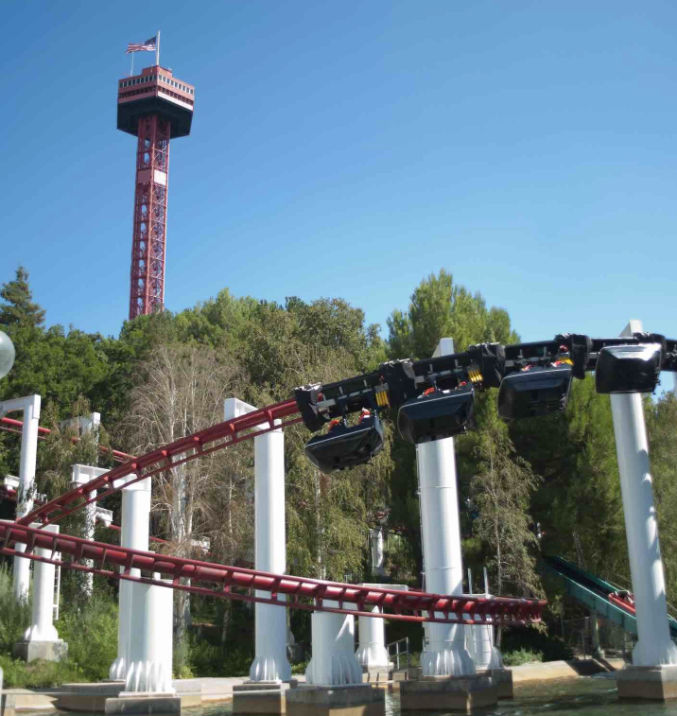
Roaring Rapids
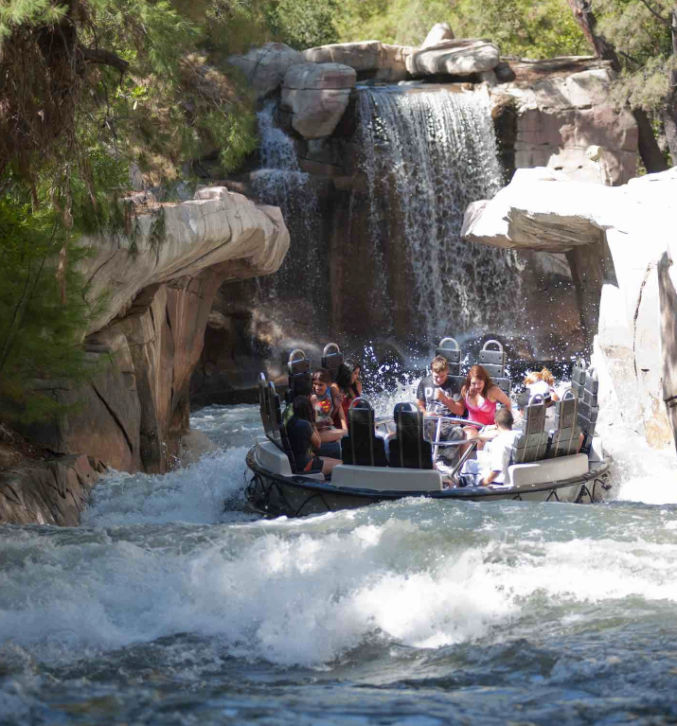
Scream
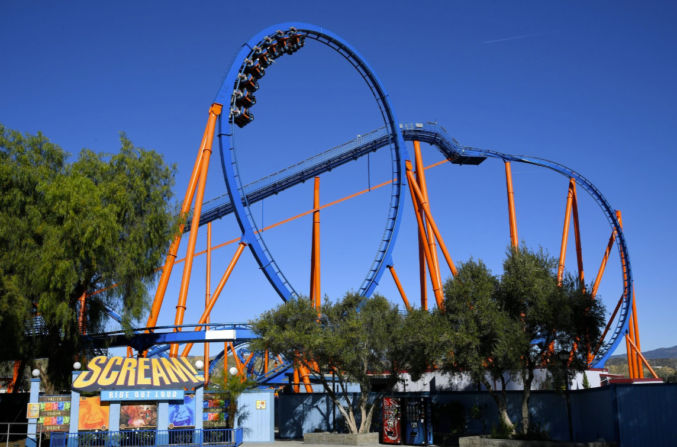
SUPERMAN: Escape from Krypton

Tatsu
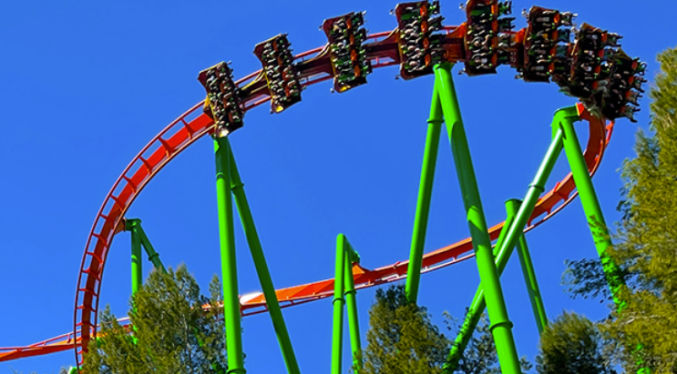
The New Revolution – Classic

THE RIDDLER’s Revenge
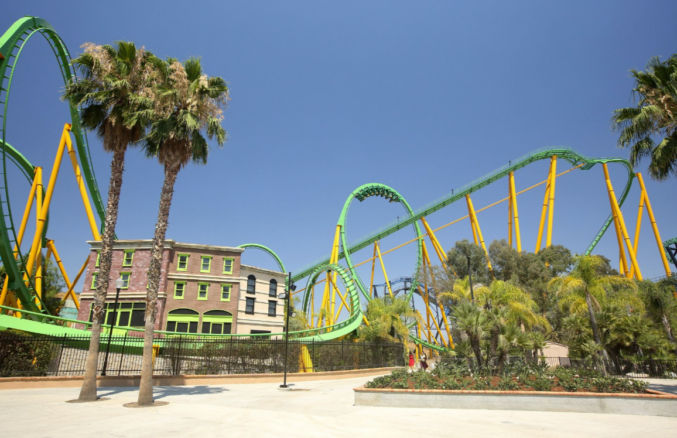
Twisted Colossus
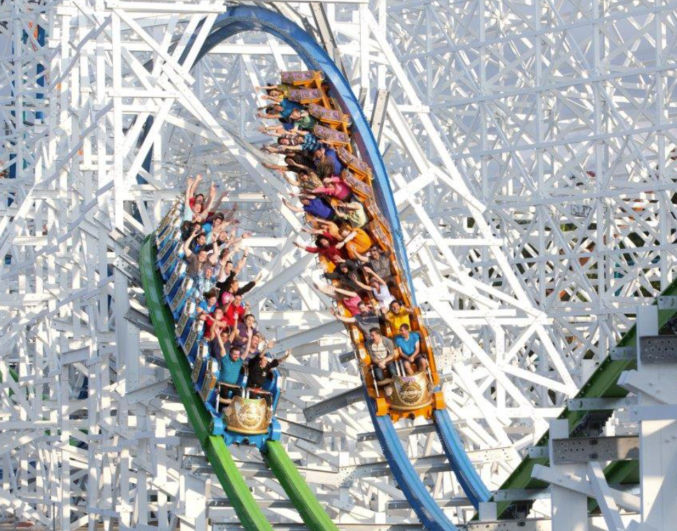
Viper

West Coast Racers
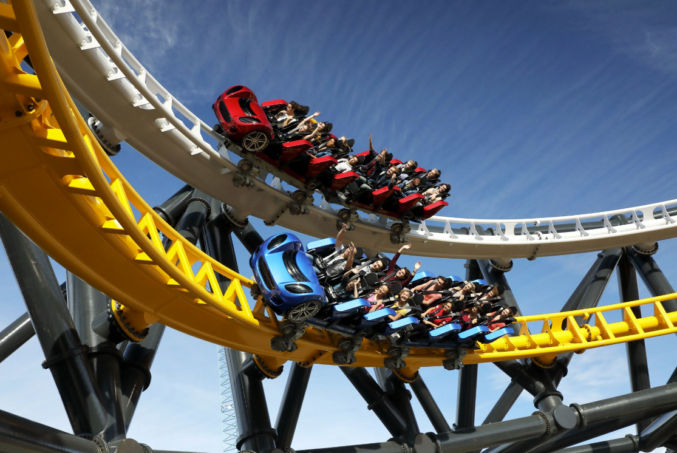
WONDER WOMAN™ Flight of Courage
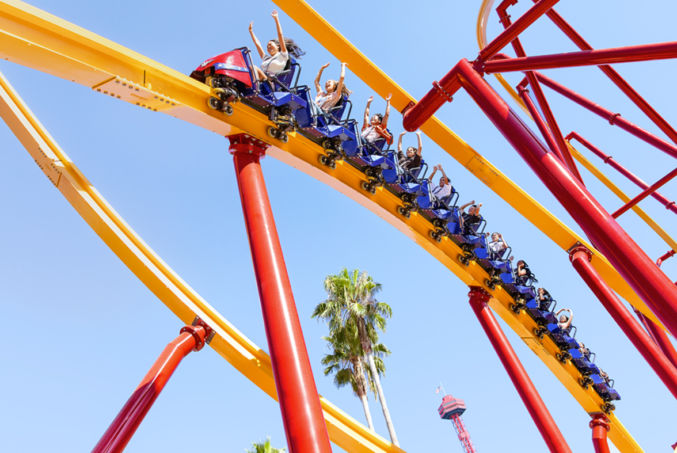
X2
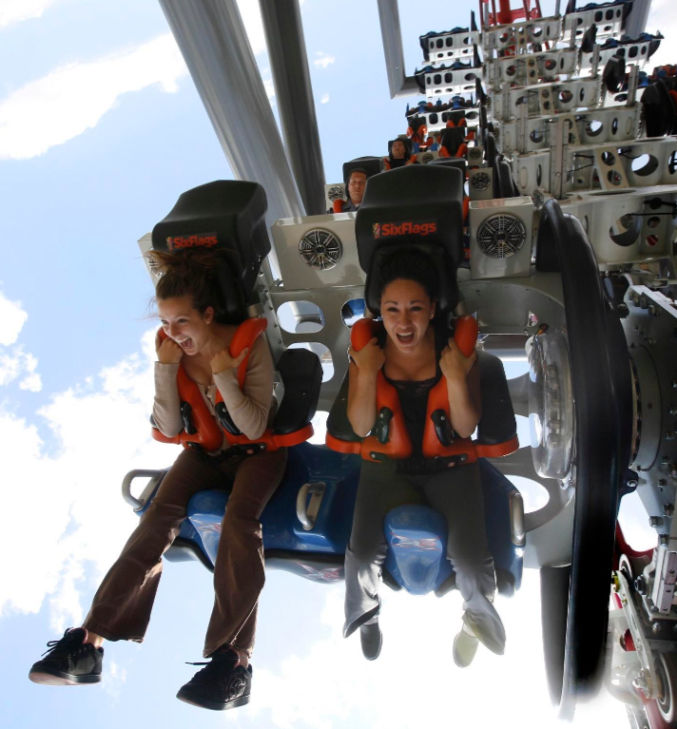
Wednesday, August 7, 2024
| 8:00 AM | Breakfast |
| 10:00 AM | Check out of hotel |
| 10:30 PM | Spend 4 hours at Six Flags Magic Mountain |
Six Flags Magic Mountain
10:30 AM to 9 PM
$55
| 2:30 PM | Drive to Return Car at LAX |
Return car to Hertz at 9000 Airport BLVD, Los Angeles CA 90045
When returning your vehicle, allow at least 2 hours before your departure due to traffic being heavier than usual.
| 5:20 PM | Take-off: Fly Back to SF |
| Flight | 4096 |
| Airline | Southwest |
| Confirmation Number | 4KMB2J |
| Gate | |
| Cost | $167.22 |

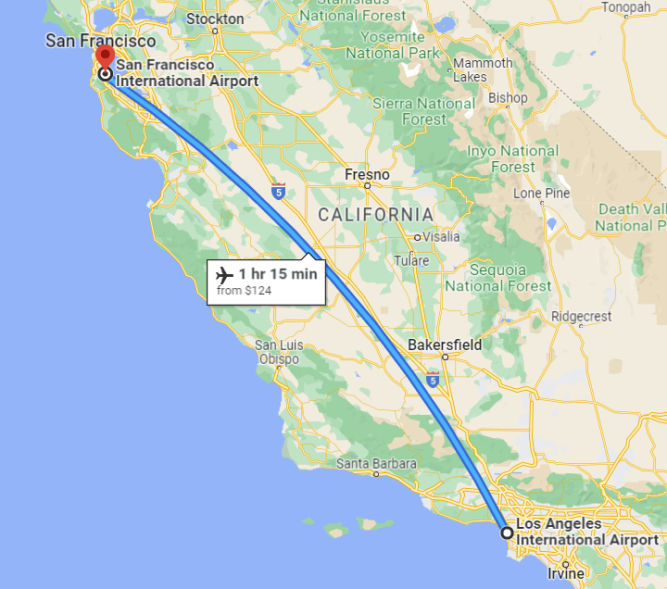
| 6:45 PM | Land at OAK |






